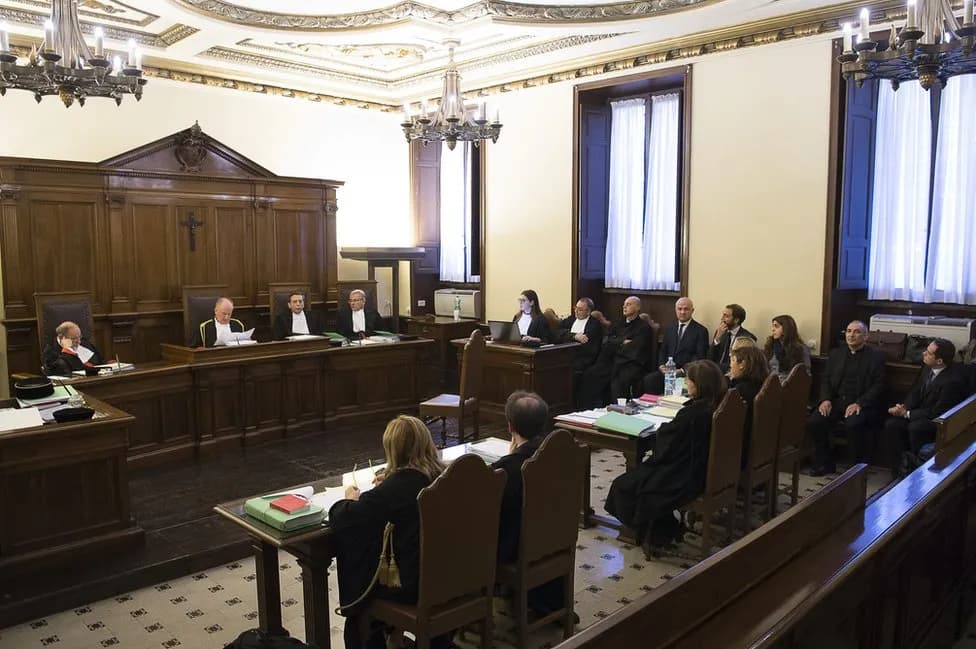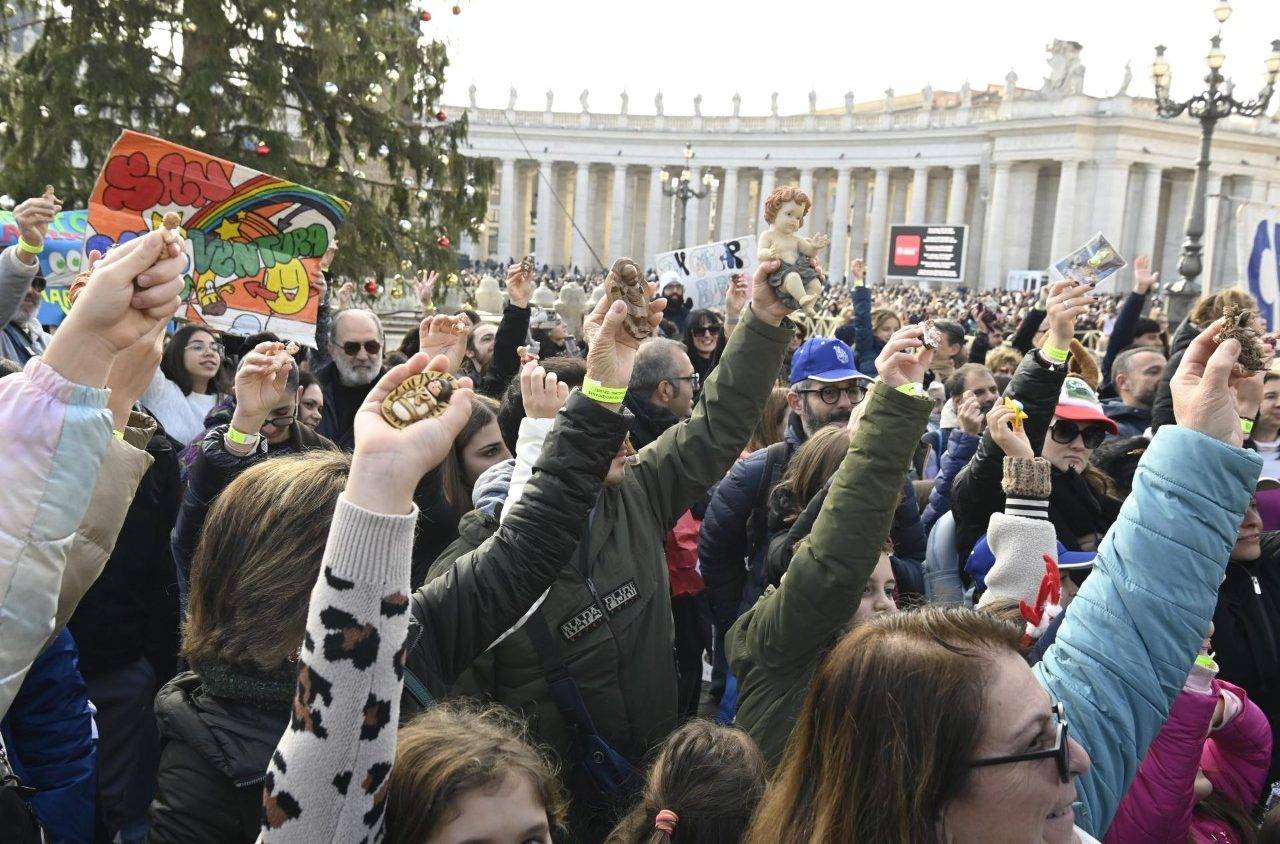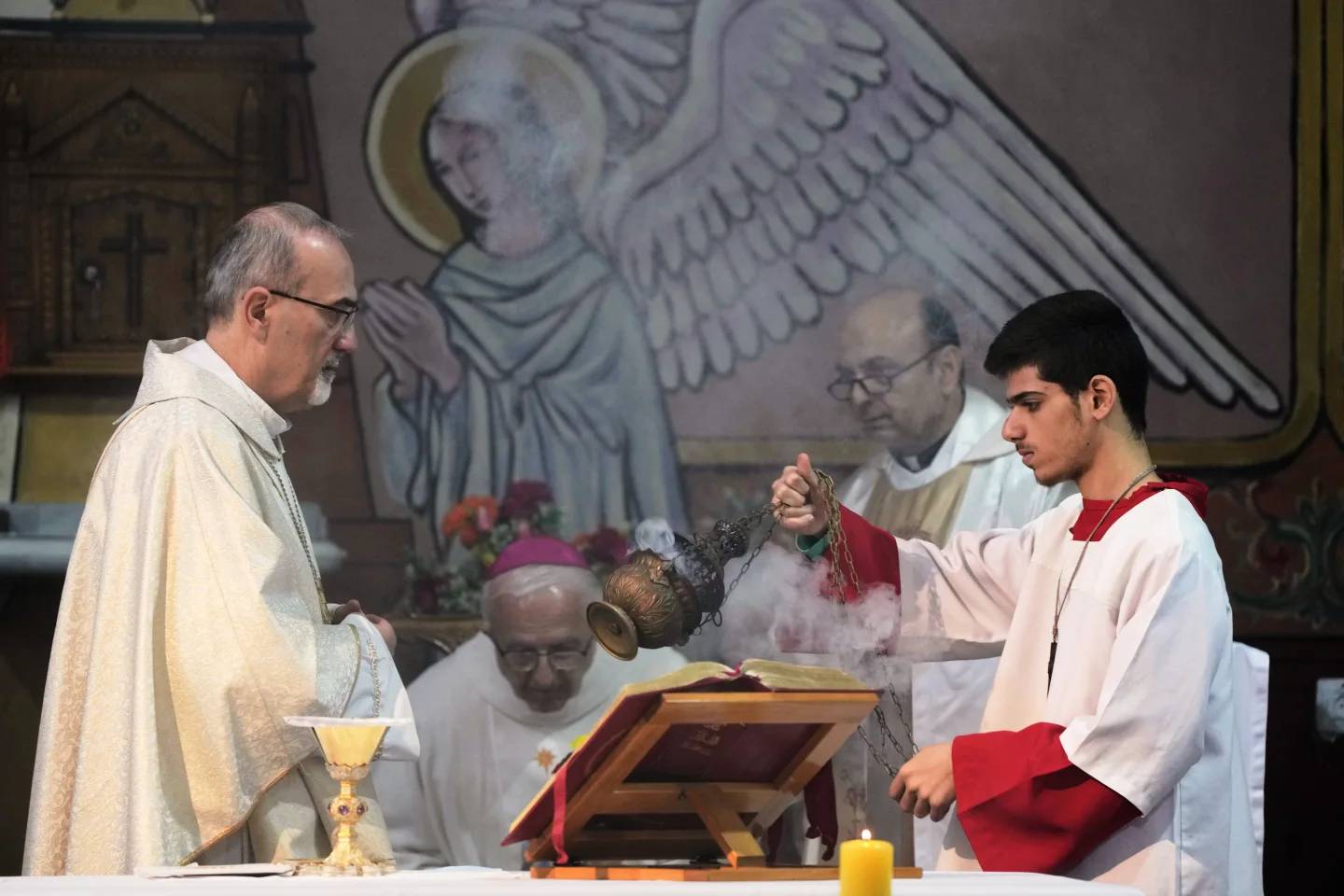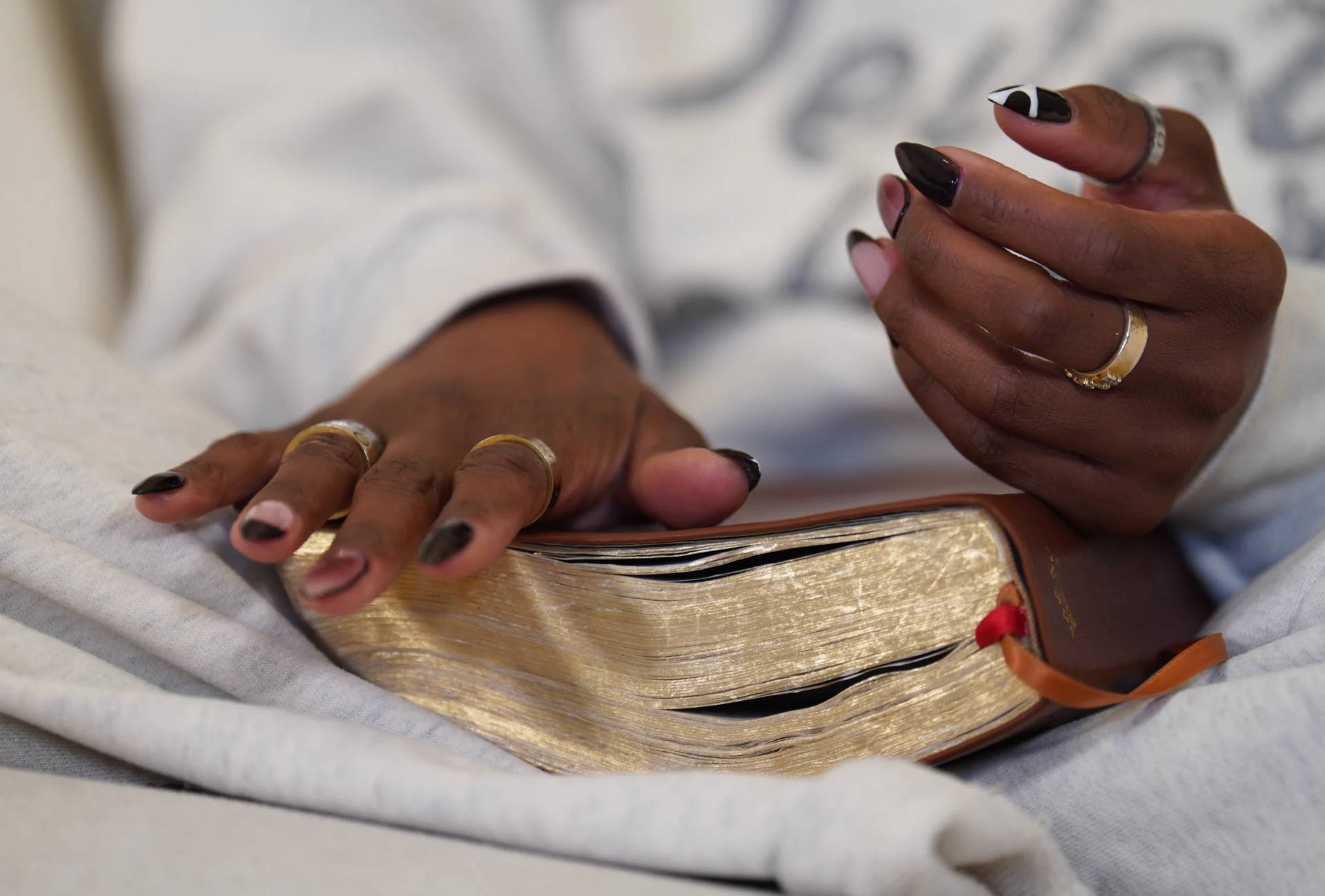ROME – In the latest demonstration that it’s often difficult to understand Vatican news without grasping its Italian context and background, Pope Francis issued a new decree this week which creates a system of civil liability for judges and prosecutors parallels one which has existed in Italy since 1988.
Among other things, the new system theoretically could be used by one or more of the nine defendants in the Vatican’s recent “trial of the century,” which pivoted on a controversial $400 million London real estate deal. Those convicted include Italian Cardinal Angelo Becciu, a former papal chief of staff, who has long proclaimed his innocence.
Most English-language news coverage regarding the April 19 motu proprio, meaning a legal decree issued on the pope’s personal initiative, highlighted its provisions regarding the retirement age for lay judges (75) and cardinal judges (80), though in both cases the pope can extend their terms, and that retired judges will receive a Vatican pension.
Seen from an Italian perspective, however, what’s most interesting about the new decree is a provision which allows someone claiming damage from an unjust action by a judge or prosecutor (both known in Italian as “magistrates”) to sue the Vatican City State, which, in turn, could then take action against the individual judge or prosecutor who caused the damage.
The idea is to insulate magistrates from being sued directly, in order to protect their independence, but at the same time to create a mechanism in which the state itself can be held accountable for the misadministration of justice.
As noted by longtime Italian journalist Maria Antonietta Calabrò in an April 19 piece for the HuffPost, the provisions regarding civil liability in the papal decree are based on measures adopted in Italy in 1988, in the wake of a 1987 national referendum that abolished what had been complete immunity for judicial errors. The referendum passed with 80.2 percent of the vote, which led to the adoption of a new law establishing civil liability the next year.
The movement for civil liability in Italy arose in response to the celebrated case of Enzo Tortora, a popular television personality who was convicted of being a member of the Camorra and drug trafficking in 1985 and sentenced to ten years in prison, almost entirely on the strength of testimony from alleged ex-mobsters turned informants and state witnesses.
Tortora’s conviction was eventually overturned on all fronts by the Italian Supreme Court in 1987, and the widespread popular belief was that the TV presenter had been the victim of a corrupt judges and prosecutors doing the bidding of the mob.
The 1988 law was amended in 2015 to bring it in line with European Union legislation regarding the civil liability of magistrates, specifying that claims of the misapplication of justice require a finding of “gross negligence” and “manifest violation” of either Italian or European law, in which case the state will compensate the victim and can then, in turn, take action against the magistrate.
Under the terms of the pope’s decree, the same provisions also now apply to Vatican magistrates. It also specifies that should such a charge arise, the Vatican will cover the costs of mounting a defense for the judge or prosecutor.
According to the motu proprio, a legal claim against the state for judicial misconduct can be filed only when the alleged injured party has exhausted all rights to appeal, including before the Vatican’s Supreme Court.
Should a magistrate be found guilty, liability is capped at half of his or her annual salary, even if the misconduct is found to have been carried out by more than one party – a provision which also parallels Italian and European law.















